The Six Thinking Hats by Bono is a powerful tool developed by the thinker, psychologist, and writer Edward de Bono in the 1980s to enhance creative and critical thinking in decision-making and problem-solving and to develop lateral thinking.
In the educational context, this technique can inspire a deeper and collaborative approach to learning.
This technique involves using six imaginary or physical hats to focus on the problem or challenge from six different perspectives.
Hats and perspectives:
- White Hat. Information: Facts and data
- Black Hat. Pessimistic: Critique and caution
- Yellow Hat. Optimistic: Benefits and advantages
- Red Hat. Intuition: Emotions and feelings
- Green Hat. Creativity: Alternatives and proposals
- Blue Hat. Executive: Organization and processes
How to use the Six Thinking Hats:
- Choose a topic, event, problem, or project to analyze.
- Divide the students into groups of six or divide the entire class into six groups.
- If you divide the students into groups of six, each student will be assigned a hat and thinking style to analyze. For example, one student will have the White Hat, which is informative, and will have to investigate the facts and data being analyzed. If you divide the class into six groups, each group will be assigned a hat and thinking style to analyze. For example, one complete group will have the White Hat, which is informative, and will have to investigate the facts and data being analyzed.
- Once they have completed the analysis, either each member within their team or each team within the classroom will share their part of the analysis.
- Others can ask questions or request further information, but always from their hat and thinking style.
It's also possible to ask each student to consider a situation or problem from the six perspectives if you want to conduct this activity individually.
Materials:
PDF containing:
• Explanation and theory of the topic
• Posters with guiding questions for each hat and thinking style. You can project and explain these to the students or print them and place them in different parts of the classroom or a hallway to indicate the different workstations for each thinking type.
• Interactive notebook format. Two formats of interactive notebooks with the guiding questions for your students to follow. Two blank interactive notebook formats for the teacher to add questions or even for asking students to think of questions related to the topic and each thinking style.
Google Form with questions. You should modify the Google Form as per the instructions to add what you want your students to work on.
PDF with topic explanation, printable posters, and interactive notebook formats
Google Form
If your are looking for this resource in Spanish, here is the link:
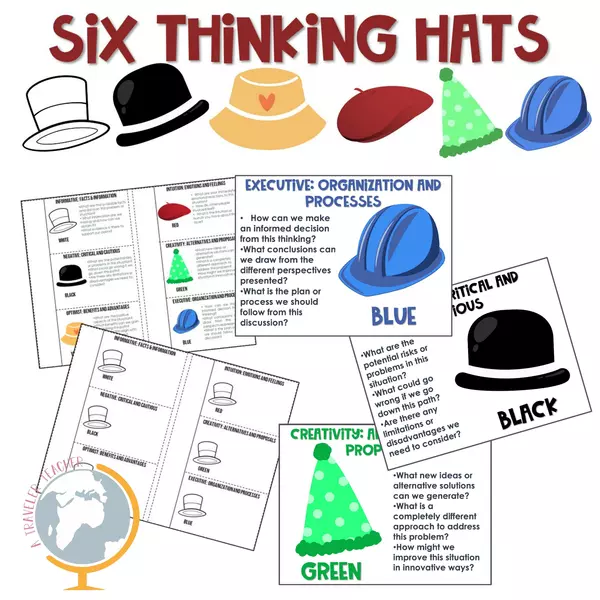
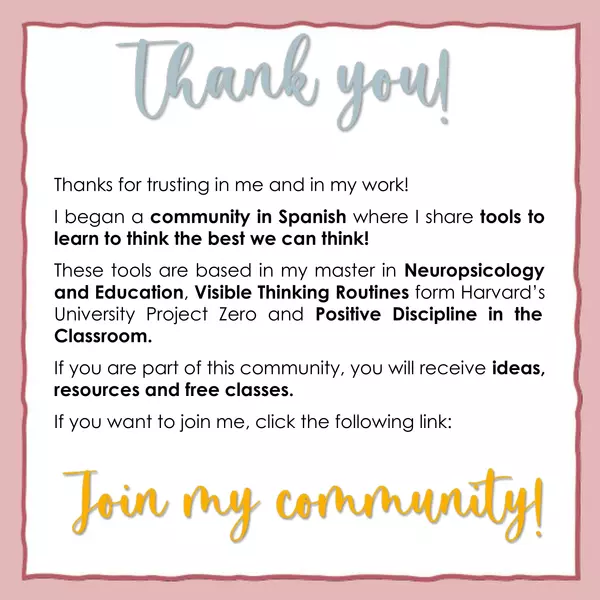
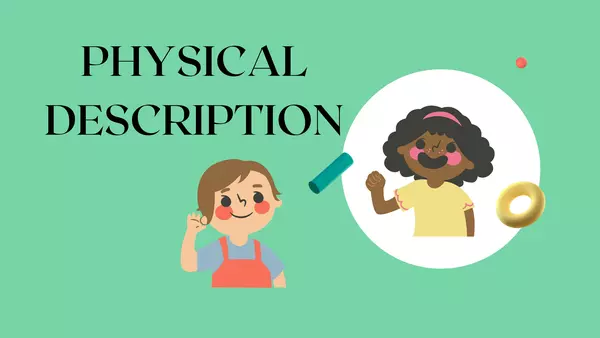
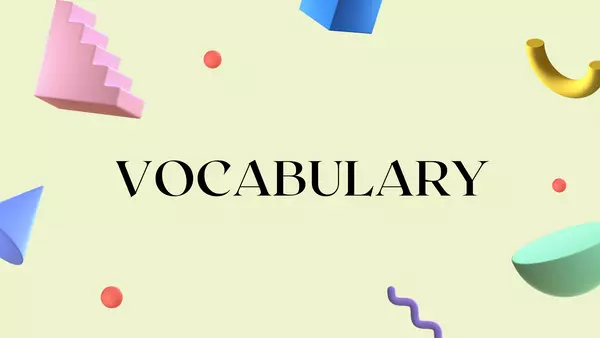
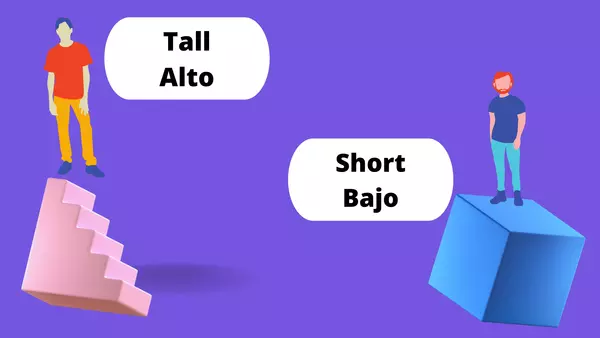
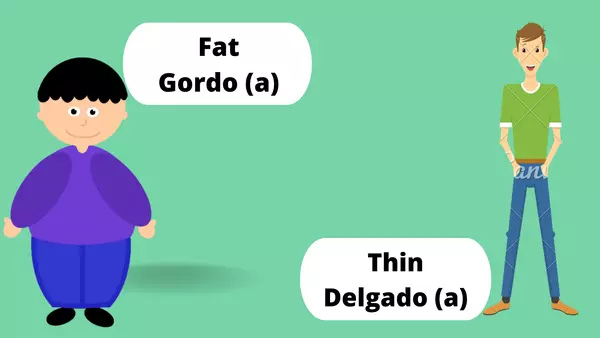
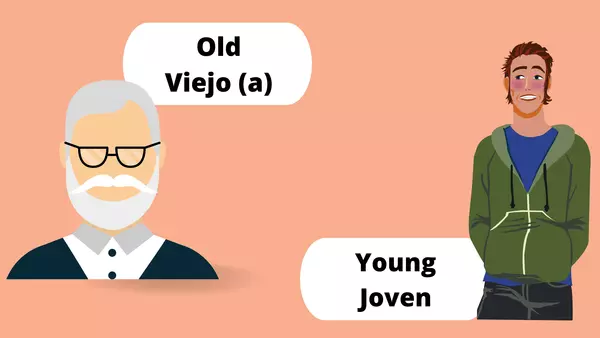

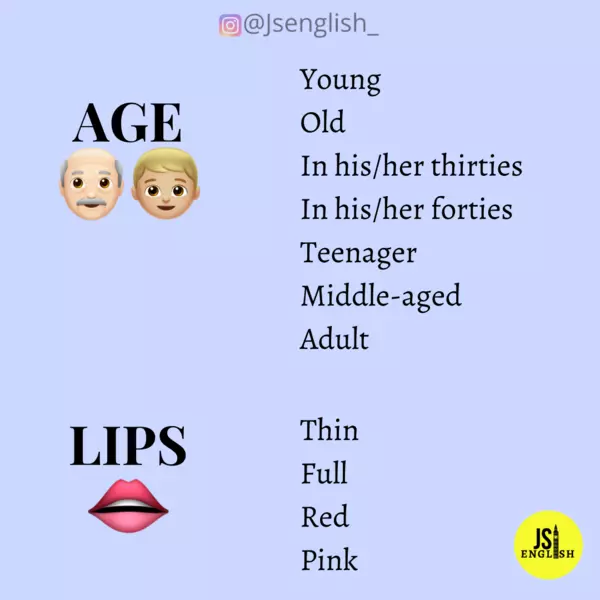
.png)
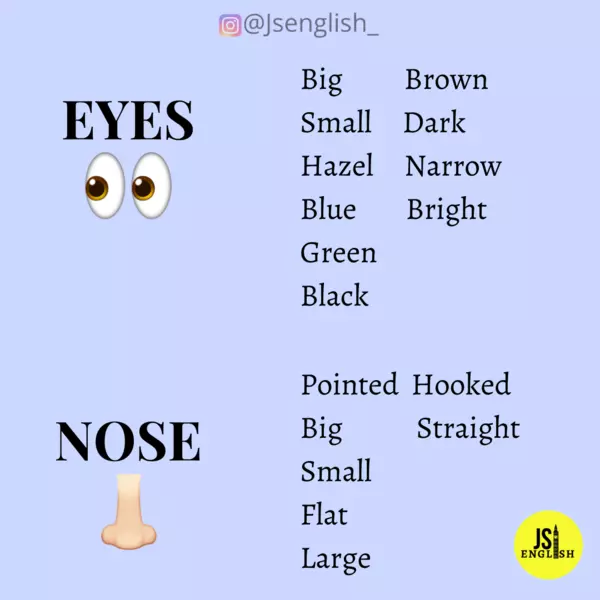.png)
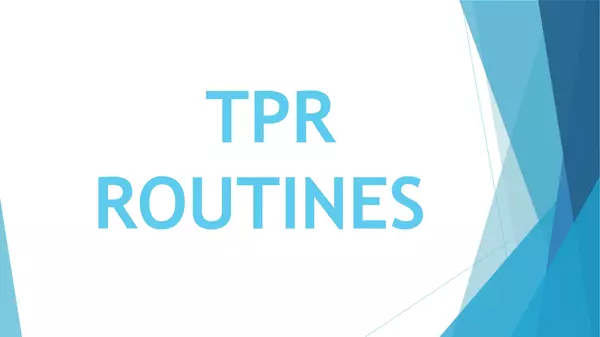
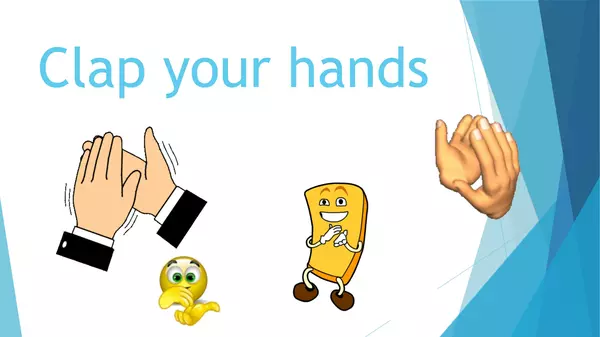
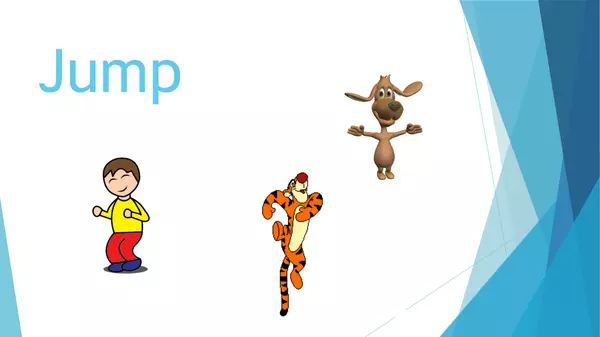
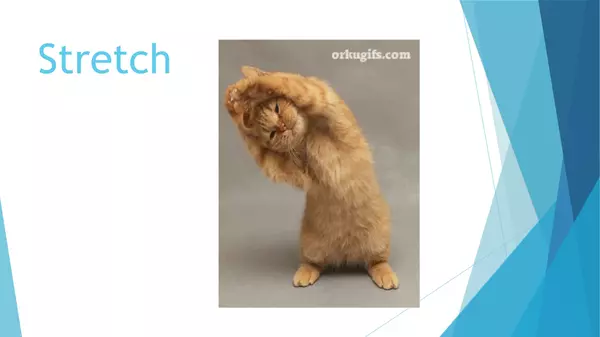
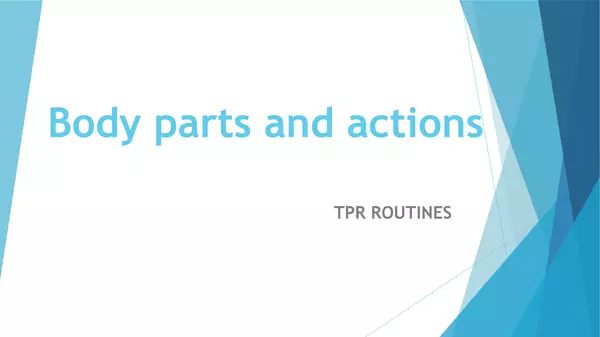
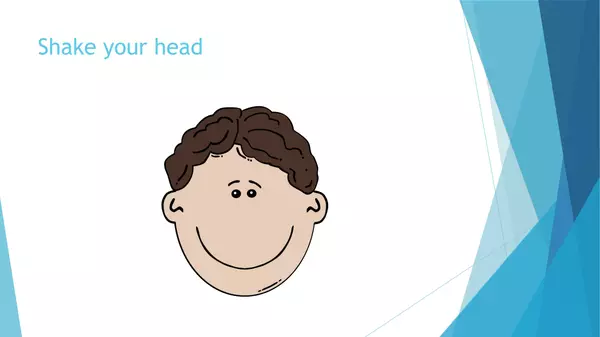
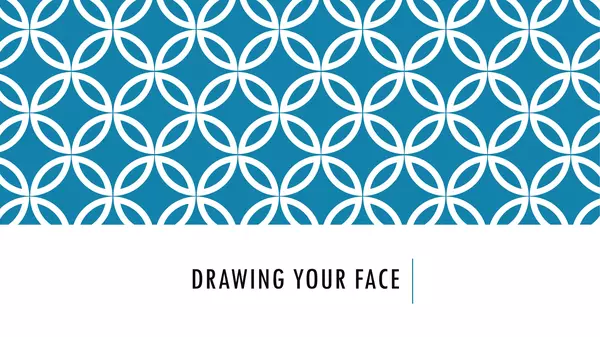
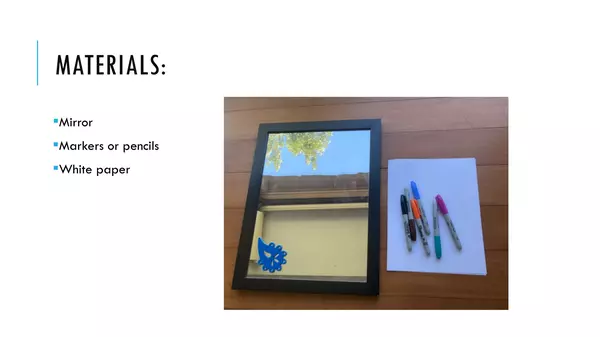
There are no comments yet, write one yourself!